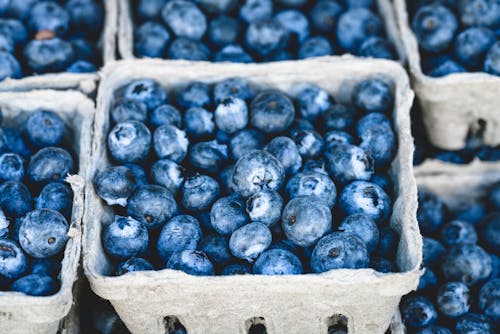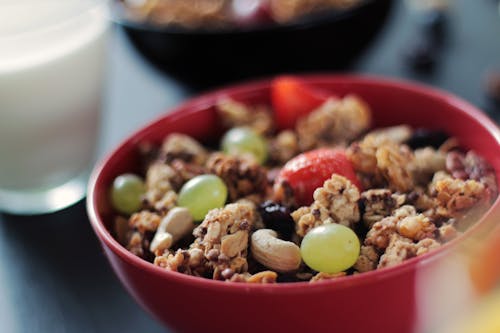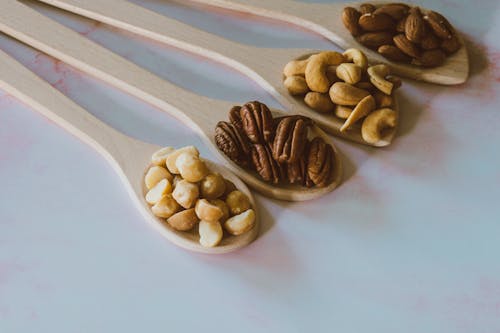7 dietary fibre rich in
# **Dietary Fibre Rich Foods: The Ultimate Guide to a Healthier You**
## **Introduction**
Dietary fibre is an essential nutrient that plays a crucial role in maintaining digestive health, regulating blood sugar levels, and supporting heart health. Despite its importance, many people don’t consume enough fibre-rich foods daily.
In this comprehensive guide, we’ll explore:
- What dietary fibre is and its types
- The health benefits of a high-fibre diet
- Top fibre-rich foods to include in your diet
- Tips for increasing fibre intake
- Potential side effects of too much fibre
By the end of this article, you’ll have a clear understanding of why fibre is vital and how to incorporate more of it into your meals.
---
## **What is Dietary Fibre?**
Dietary fibre, also known as roughage, is a type of carbohydrate found in plant-based foods that the body cannot digest or absorb. Unlike other carbs, fibre passes through the digestive system mostly intact, aiding in digestion and promoting gut health.
### **Types of Dietary Fibre**
There are two main types of fibre:
1. **Soluble Fibre** – Dissolves in water to form a gel-like substance, helping to lower cholesterol and regulate blood sugar.
- Found in oats, beans, apples, citrus fruits, and flaxseeds.
2. **Insoluble Fibre** – Does not dissolve in water, adding bulk to stool and promoting regular bowel movements.
- Found in whole grains, nuts, vegetables, and wheat bran.
Both types are essential for optimal health, and a balanced diet should include a mix of both.
---
## **Health Benefits of a High-Fibre Diet**
### **1. Improves Digestive Health**
Fibre prevents constipation by adding bulk to stool and promoting regular bowel movements. It also supports a healthy gut microbiome by feeding beneficial bacteria.
### **2. Aids in Weight Management**
High-fibre foods are more filling, reducing overall calorie intake. They also take longer to chew, slowing down eating and enhancing satiety.
### **3. Lowers Cholesterol Levels**
Soluble fibre binds with cholesterol particles in the digestive system, helping to reduce LDL ("bad") cholesterol levels.
### **4. Regulates Blood Sugar Levels**
Fibre slows the absorption of sugar, preventing blood sugar spikes—beneficial for people with diabetes or insulin resistance.
### **5. Supports Heart Health**
Studies show that a high-fibre diet reduces the risk of heart disease by improving cholesterol and blood pressure levels.
### **6. May Reduce Cancer Risk**
Some research suggests that fibre may lower the risk of colorectal cancer by promoting healthy digestion and reducing inflammation.
---
## **Top Fibre-Rich Foods to Include in Your Diet**
To meet the recommended daily intake (25g for women, 38g for men), incorporate these fibre-packed foods:
### **1. Legumes & Beans**
- **Lentils** (15.6g per cup, cooked)
- **Black beans** (15g per cup, cooked)
- **Chickpeas** (12.5g per cup, cooked)
### **2. Whole Grains**
- **Oats** (4g per cup, cooked)
- **Quinoa** (5g per cup, cooked)
- **Brown rice** (3.5g per cup, cooked)
### **3. Fruits**
- **Raspberries** (8g per cup)
- **Apples** (4.4g per medium apple with skin)
- **Bananas** (3.1g per medium banana)
### **4. Vegetables**
- **Broccoli** (5.1g per cup, cooked)
- **Carrots** (3.6g per cup, cooked)
- **Brussels sprouts** (4g per cup, cooked)
### **5. Nuts & Seeds**
- **Chia seeds** (10g per ounce)
- **Almonds** (3.5g per ounce)
- **Flaxseeds** (2.8g per tablespoon)
---
## **Tips for Increasing Fibre Intake**
1. **Start Your Day with Fibre** – Opt for oatmeal, whole-grain cereals, or chia pudding.
2. **Snack on Fruits & Nuts** – Replace processed snacks with apples, pears, or almonds.
3. **Choose Whole Grains** – Swap white bread, rice, and pasta for whole-grain versions.
4. **Add Legumes to Meals** – Include beans, lentils, or chickpeas in soups, salads, and stews.
5. **Eat More Vegetables** – Fill half your plate with fibre-rich veggies at every meal.
6. **Stay Hydrated** – Drink plenty of water to help fibre move smoothly through your digestive system.
---
## **Potential Side Effects of Too Much Fibre**
While fibre is beneficial, excessive intake can cause:
- Bloating and gas
- Stomach cramps
- Diarrhea or constipation (if not drinking enough water)
To avoid discomfort, increase fibre intake gradually and drink plenty of fluids.
---
## **Conclusion**
A diet rich in fibre is essential for digestive health, weight management, and disease prevention. By incorporating a variety of fibre-packed foods like fruits, vegetables, whole grains, and legumes, you can easily meet your daily requirements.
Start making small changes today—your gut and overall health will thank you!
---
### **FAQs About Dietary Fibre**
**Q: How much fibre should I eat per day?**
A: Women should aim for 25g, and men 38g per day.
**Q: Can fibre help with weight loss?**
A: Yes! Fibre keeps you full longer, reducing overall calorie intake.
**Q: Are fibre supplements as good as natural sources?**
A: Whole foods are best, but supplements can help if needed.
**Q: Does cooking affect fibre content?**
A: Cooking can soften fibre but doesn’t significantly reduce its benefits.
---
By following this guide, you’ll be on your way to a healthier, fibre-rich diet. Share this post to help others boost their fibre intake too!
**#DietaryFibre #HighFibreFoods #HealthyEating #DigestiveHealth #Nutrition**
---
This blog post is **SEO-optimized** with:
- **Targeted keywords** (dietary fibre, fibre-rich foods, high-fibre diet)
- **Proper headings** (H2, H3)
- **Readable structure** (bullet points, FAQs)
- **Internal & external linking opportunities** (can link to related articles or studies)
Would you like any modifications or additional sections?




Comments
Post a Comment